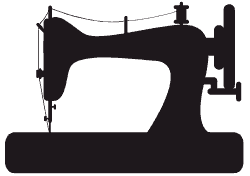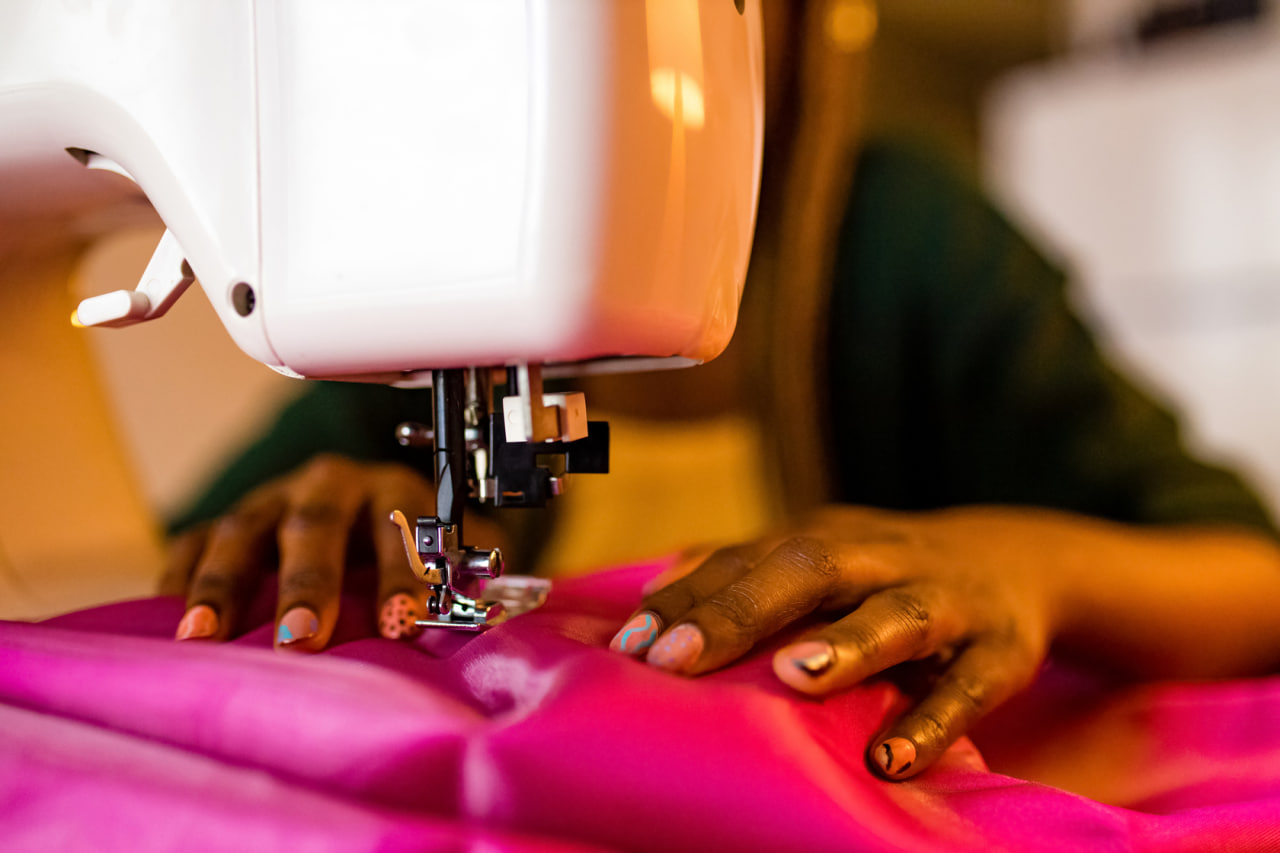Essential Sewing Techniques Every Beginner Should Master
Learning to sew is an exciting journey that opens up endless possibilities for creativity and self-expression. Whether you want to make your own clothes, create home decor, or just repair and customize existing garments, mastering some essential sewing techniques will set you up for success. In this blog, we’ll explore the fundamental skills every beginner should learn to build a strong foundation and gain confidence with needle and thread.
Understanding Your Sewing Machine
Before diving into specific techniques, it’s important to get comfortable with your sewing machine. Learn how to thread it properly, wind and insert the bobbin, and adjust the tension settings. Familiarize yourself with the basic stitches available on your machine, especially the straight stitch and zigzag stitch, which are used in most sewing projects.
Practice sewing straight lines on scrap fabric to develop control and steady hands. This step may seem simple, but it’s crucial for producing neat, professional-looking seams.
Sewing Straight and Curved Seams
The most common sewing task is joining two pieces of fabric with a seam. Mastering how to sew both straight and curved seams will allow you to create a wide variety of projects. Use pins or fabric clips to hold your pieces together before stitching, ensuring the edges align correctly.
For straight seams, sew slowly and guide the fabric evenly through the machine. When sewing curves, gently turn the fabric as you sew, keeping the needle in the fabric at all times to avoid shifting or puckering.
Backstitching for Secure Seams
Backstitching is the technique used to lock stitches at the beginning and end of a seam so that they don’t unravel. When you start sewing a seam, sew forward a few stitches, then sew backward over those stitches before continuing forward again. Repeat the process at the end of the seam.
This simple step greatly improves the durability of your sewn items and is essential for any sewing project.
Understanding Seam Allowances
Seam allowance is the distance between the edge of the fabric and the stitching line. Most commercial patterns specify a standard seam allowance, typically 1.5 cm (5/8 inch). Consistently sewing with the correct seam allowance ensures your finished garment or project has the right shape and fit.
Use the guidelines on your sewing machine’s throat plate or a seam gauge to keep your stitching line even and accurate.
Pressing Seams Properly
Pressing with an iron is just as important as sewing itself. After stitching a seam, press it open or to one side to flatten and set the stitches. This gives your project a polished, professional appearance.
Always use the appropriate heat setting for your fabric type and consider using a pressing cloth to protect delicate materials. Avoid stretching or distorting the fabric while pressing.
Finishing Seams to Prevent Fraying
Raw fabric edges can unravel over time, causing your project to lose its shape and durability. Finishing your seams helps prevent fraying. There are several beginner-friendly techniques to do this:
- Zigzag Stitch: Sew a zigzag stitch along the raw edge to secure threads.
- Pinked Edges: Use pinking shears to cut a zigzag pattern on the edges, which reduces fraying.
- Overlocking/Serger: If you have access to a serger machine, it trims and finishes seams simultaneously for a clean look.
Choosing the right finish depends on your fabric and project type.
Sewing Hems and Edges
Hemming is essential for finishing the edges of garments or fabric pieces, providing a clean and durable border. Common hemming techniques for beginners include:
- Double Fold Hem: Fold the raw edge twice toward the inside and sew close to the fold.
- Rolled Hem: A narrow hem created by folding the edge over very thinly and stitching it down, often used for lightweight fabrics.
Practice these on scrap fabric to master neat, even hems.
Basic Hand Sewing Stitches
While machine sewing is faster, hand sewing remains an important skill for finishing touches, repairs, and detailed work. Beginners should learn a few basic stitches:
- Running Stitch: Simple straight stitch used for temporary basting or basic seams.
- Backstitch: Strong stitch for durable seams and repairs.
- Slip Stitch: Invisible stitch used for closing seams or hems by hand.
- Whip Stitch: Used for sewing edges together or attaching appliques.
Mastering these hand stitches complements your machine skills and increases your sewing versatility.

